![]()
![]()
![]()
Use LEFT and RIGHT arrow keys to navigate between flashcards;
Use UP and DOWN arrow keys to flip the card;
H to show hint;
A reads text to speech;
48 Cards in this Set
- Front
- Back

|
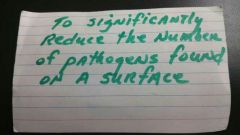
|
|
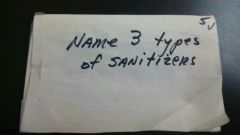
|
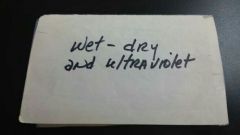
|
|
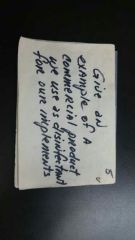
|

|
|

|
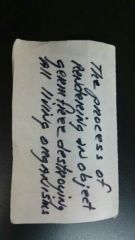
|
|
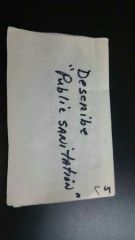
a
|
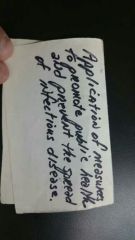
|
|
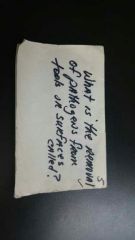
|

|
|
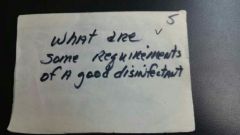
|
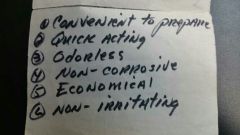
|
|

|
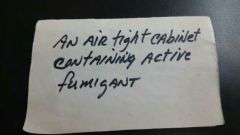
|
|

|
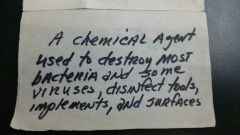
|
|
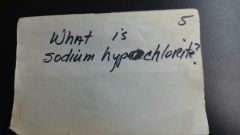
|

|
|

p
|

|
|

|
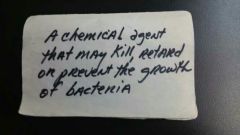
|
|

|
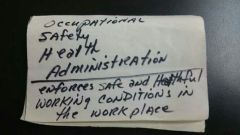
|
|

|
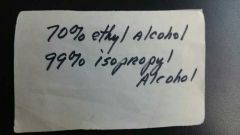
|
|
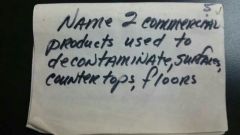
|
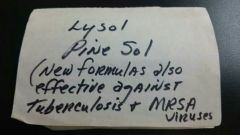
|
|

|
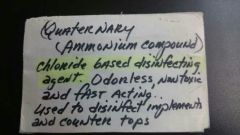
|
|
|
which government agency develops and enforces human health with the help of state and lical agencies |
EPA |
|
|
True or False. documenting the quality and safety of products test with the FDA |
False. It lies with product mfg. |
|
|
True or False. manufacturers do NOT have to adhere to the same FDA labeling regulations for professional products as they do for retail products. |
True |
|
|
This organization assures, regulates, and enforces safe and healthful working conditions in the workplace |
OSHA , Occupational Safety and Health Administration |
|
|
OSHA was created as a result of this act. |
Occupational Safety and Health Act of 1970 |
|
|
this federal rule requires that chemical manufacturers and importers evaluate and identify possible health hazards associated with their products |
The Hazard Communication Rule |
|
|
Where can you look for vital information on products, ranging from ingredient contents, associated hazards, combustion levels, and storage requirements |
Material Safety Data Sheet |
|
|
True or False? MSDS's must be requested from the manufacturer. |
True. |
|
|
True or False? All products, except for bottles filled with water, are required to have a label. |
False. Even bottles filled with water must be labeled. |
|
|
Requires that a right-to-know notice be posted in the work environment where toxic substances are present |
Right-to-Know Law |
|
|
the removal of pathogens and other substances from tools or surfaces is called |
decontamination |
|
|
the levels of decontamination |
1. sanitation 2. disinfection 3. sterilization |
|
|
the three steps to decontamination |
1. cleansing (sanitizing) 2. disinfecting 3. sterilizing |
|
|
It is virtually impossible to provide this level of decontamination on barber tools |
sterilization |
|
|
significant reduction of pathogens find on surfaces; first level of decontamination |
sanitation |
|
|
the process of killing specific microorganisms by physical or chemical means on non-porous surfaces; second level of decontamination |
disinfection |
|
|
the process of rendering an object germ-free by destroying all living organisms on a surface; third level of decontamination |
sterilization |
|
|
the application of measures to promote public health and prevent the spread of infectious disease |
public sanitation |
|
|
the only routinely used method of physical decontamination in a barbershop |
UV sanitizing |
|
|
substances that may kill, retards, or prevent the growth of bacteria and can generally be used safely on skin |
antiseptics |
|
|
hydrogen peroxide; iodine; boric acid; isopropyl alcohol; sodiym hypochlorate; styptic (alum) |
antiseptics |
|
|
phenols (lysol, pinesol); quaternary ammonium (quats, barbicide, h-42, sani-wipes); sodium hypochlorate 10% (bleach); clipper cleaners |
disinfectants |
|
|
the difference between antiseptic and disinfectants |
antiseptics can be used on skin |
|
|
4 levels of disinfection efficacy |
1. Limited 2. General 3. Hospital-grade 4. Hospital-grade tuberculocidal |
|
|
True or False? Alcohol is an EPA registered disinfectant |
False |
|
|
the product resulting from the combining and dissolving of a solute in a solvent |
Solution |
|
|
substances that are dissolved in a solvent |
Solute |
|
|
the liquid in which a solute is dissolved |
solvent |
|
|
In a solution, the amount of a solute indicates what? |
the strength of the solution |
|
|
formaldehyde can cause skin allergies and it's suspect in causing |
cancer |
|
|
sodium nitrate acts as this on wet metal |
rust inhibitor |
|
|
the contact with non-intact skin, blood, body fluids, or other potentially infectious materials |
exposure incident |

